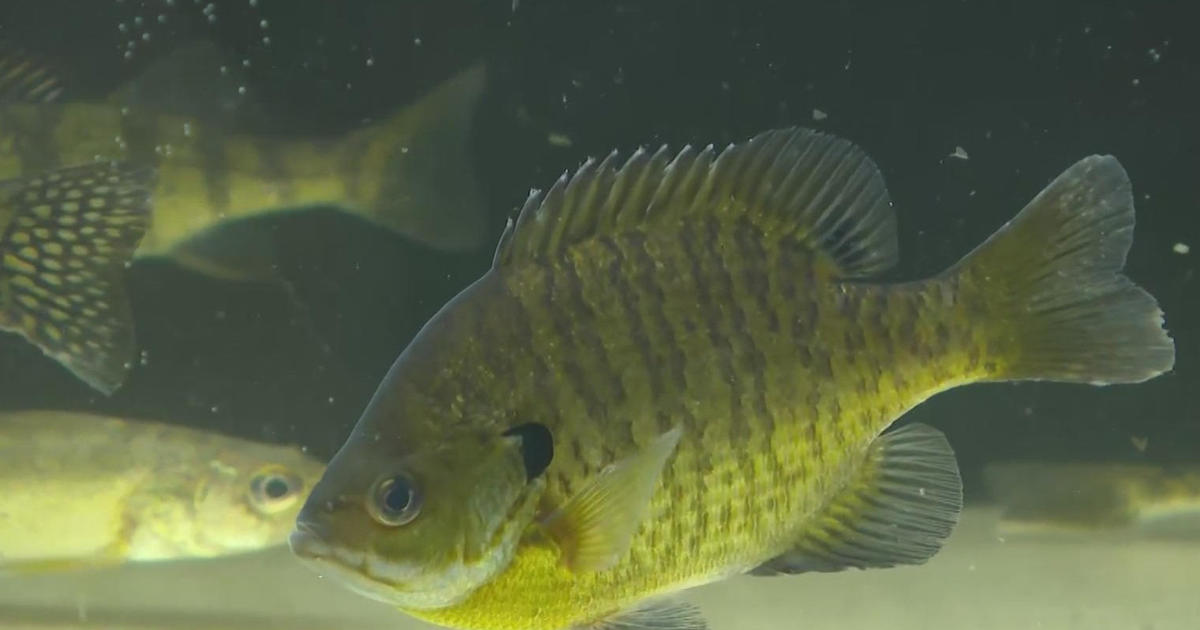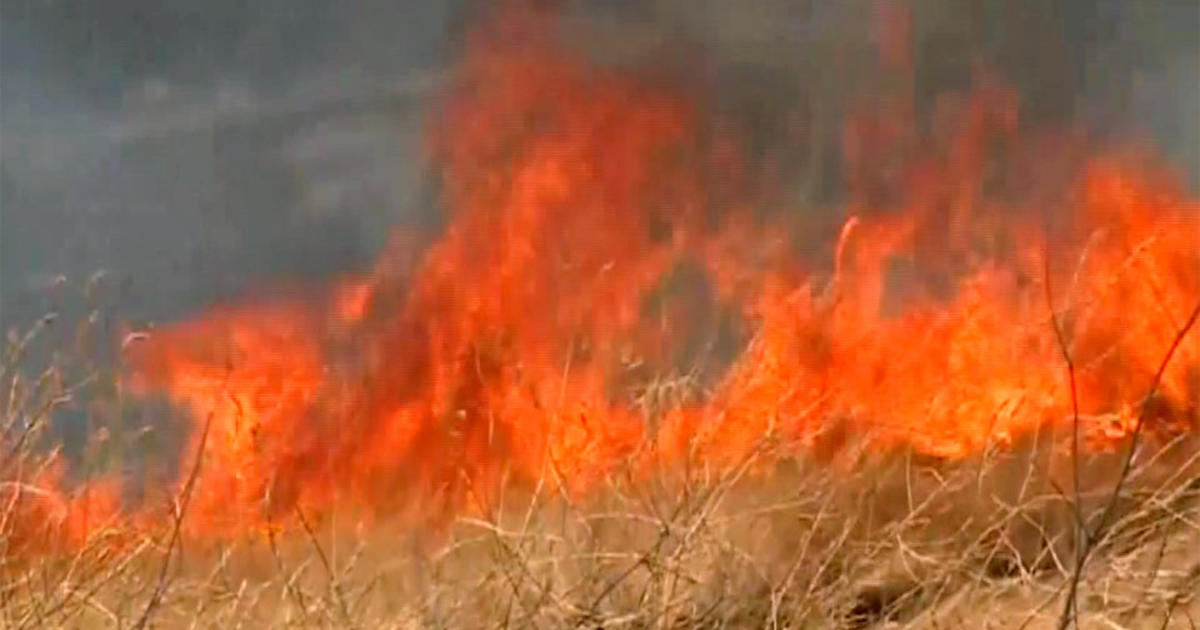Good Question: How Does The Minnesota Department Of Health Investigate COVID-19?
Minnesota confirmed its first two cases of COVID-19 over the weekend. That had health department employees working overtime to figure out how to keep the virus contained.
So, how does the Minnesota Department of Health (MDH) investigate COVID-19? Good Question.
"Our first step is to contact the health care providers," says MDH Senior Epidemiologist Kathy Como-Sabetti.
That's so the provider can call the patient, but also so team of MDH investigators can figure out the exposure risk for any doctors, nurses or lab staff.
From there, the investigators then call the patient. That interview is almost always conducted over the phone to reduce exposure. MDH has 15 epidemiologists trained to ask questions of the patients. Many of them have been conducting these investigations for years on everything from tuberculosis to measles to bacterial meningitis.
They use common language like asking the patients what they did the day they got returned from vacation or what happened over the weekend.
"You want to ask things like did you go to happy hours, did you go to drinks with someone," Como-Sabetti said. "For children, you want to ask about play dates or birthday parties."
The investigators will then separate the contacts into three groups. The high-risk group are people who've had close contact with the patient since he or she started showing symptoms. Those are often family members. The medium-medium risk group are anyone who came within six feet of the patient for at least ten minutes. The low-risk group could be anyone the patient worked with in a large room or passed by in a work space.
"For the most part, most of the transmission is going to be coughing and sneezing in a closed shared air space," Como-Sabetti said. "That's why we look at the within six feet for ten minutes of time."
Como-Sabetti says her teams were calling people late into Sunday night about Minnesota's second confirmed case.
"Some called back at four in the morning and people were very responsive which we appreciate," she says. "Remarkably, they were a calm group of individuals, I think conscientious. They want to do the right thing."
High-risk contacts are then asked to self-quarantine and can't leave their homes. The medium-risk are also asked to self-quarantine, but are able to leave the home for essential items. The low-risk patients aren't asked to restrict any activities, but should immediately isolate themselves if they start to show symptoms.
In the Carver county case, MDH expects 20 people will be asked to stay home.
MDH investigators will call the people in the high-risk category every day to check in on them and offer support. That group would not be tested for the virus unless someone was showing symptoms. Como-Sabetti says the test is only validated for people who show symptoms.
"It's just for one point in time," she says. "The test look for the virus today and if you don't have to today doesn't mean you won't have it tomorrow."
At this point, the state of Minnesota is still in a containment phase for the virus. Until the transmission is too widespread to make that ineffective or unreasonable, MDH will continue to investigate each case.



